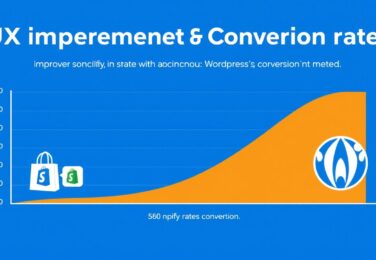21 January, 2023
Top 20 tips and tricks for wordpress security
Table of Content
- Keep WordPress and all of your themes and plugins up-to-date to ensure that any security vulnerabilities are patched.
- Use a strong and unique username and password for your WordPress administrator account.
- Limit login attempts to prevent brute-force attacks.
- Use two-factor authentication for added security.
- Use a security plugin such as Wordfence or Sucuri to harden your website’s security.
- Use HTTPS to encrypt data transmitted between your website and visitors’ browsers.
- Regularly backup your website’s files and database to ensure that you can restore your website in case of an attack.
- Use a web application firewall (WAF) to block malicious traffic.
- Limit access to the wp-admin area by IP address.
- Remove unnecessary themes and plugins that are not in use.
- Use security keys in your wp-config.php file for added security.
- Regularly scan your website for malware and vulnerabilities.
- Disable file editing in the WordPress dashboard.
- Use a Content Delivery Network (CDN) to serve static files and protect against DDoS attacks.
- Use a security plugin that can block IP addresses from known malicious sources.
- Limit access to sensitive files such as wp-config.php and .htaccess.
- Use a plugin that can detect and block spam comments.
- Use a plugin that can detect and prevent SQL injection attacks.
- Use a plugin that can detect and prevent cross-site scripting (XSS) attacks.
- Regularly test and audit your website’s security to ensure that it is up-to-date and secure.
It is important to note that, website security is a continuous process, and it’s always a good idea to review your website’s security regularly and update it accordingly.










